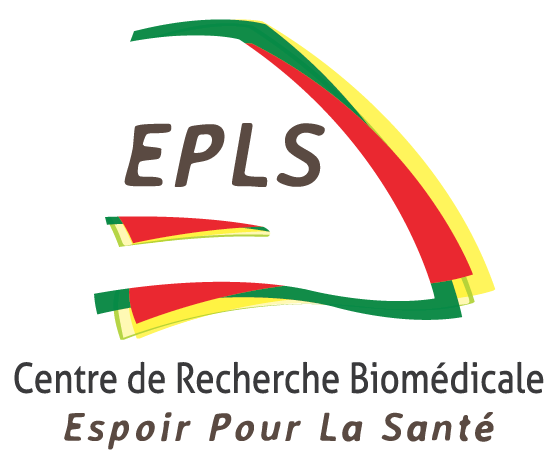Observations on the compatibility between Bulinus spp. and Schistosoma haematobium in the Senegal River basin.
Southgate VR, de Clercq D, Sène M, Rollinson D, Ly A, Vercruysse J.
Annals of tropical medicine and parasitology, 2000, 94(2):157-64 (PMID : 10827870)
Snail-infection experiments were carried out with a number of different species and populations of Bulinus and isolates of Schistosoma haematobium. The parasites came from six localities in the Senegal River basin (SRB), in the Lower Valley (Mbodiene), Middle Valley (Podor, Diatar and Nguidjilone), and Upper Valley (Aroundou and Galladé). Isolates of S. haematobium from the Middle and Upper Valleys all showed some compatibility with laboratory-bred B. truncatus from Mali, but none of these isolates was compatible with laboratory-bred B. truncatus originating from Senegal. Schistosoma haematobium from Diatar (Middle Valley) was compatible with B. senegalensis, whereas S. haematobium from Mbodiene (Lower Valley), which is naturally transmitted by B. globosus, was incompatible with B. senegalensis and B. truncatus. These data demonstrate that different isolates of S. haematobium from different regions of the SRB exhibit distinct intermediate-host specificities, which in turn will have an effect on the epidemiology of the disease, including the periods of transmission. It is apparent that, in addition to B. senegalensis and B. globosus, B. truncatus, the most widespread bulinid snail in the SRB, may be playing a role in the epidemiology of urinary schistosomiasis. This conclusion has obvious implications for the future spread of urinary schistosomiasis in the SRB. Chemical and physical measurements from assorted habitats along the SRB, including pH, temperature, salinity, conductivity, and resistivity, are also reported.

